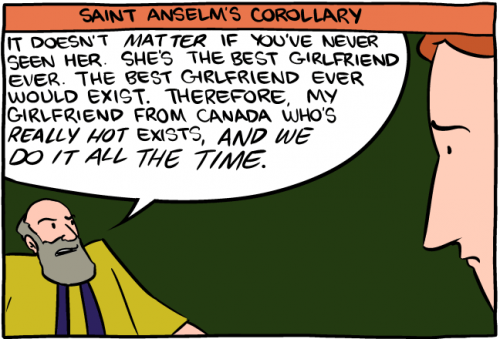I confess — I sometimes find Stephen Colbert’s schtick wearing. But other times…whoa, this is beautiful. He got stood up by a musical guest, Daft Punk, so he complains about it bitterly and hilariously.
Ooops, stuffed it below the fold because the stupid videos are on autoplay. Why do people configure their videos that way? Are they just incompetent?





